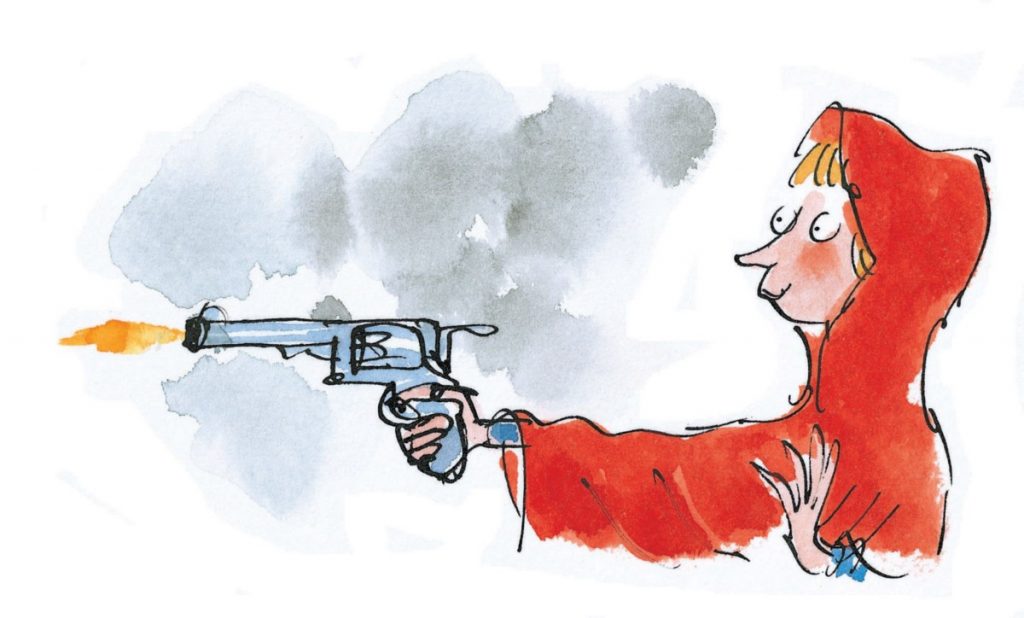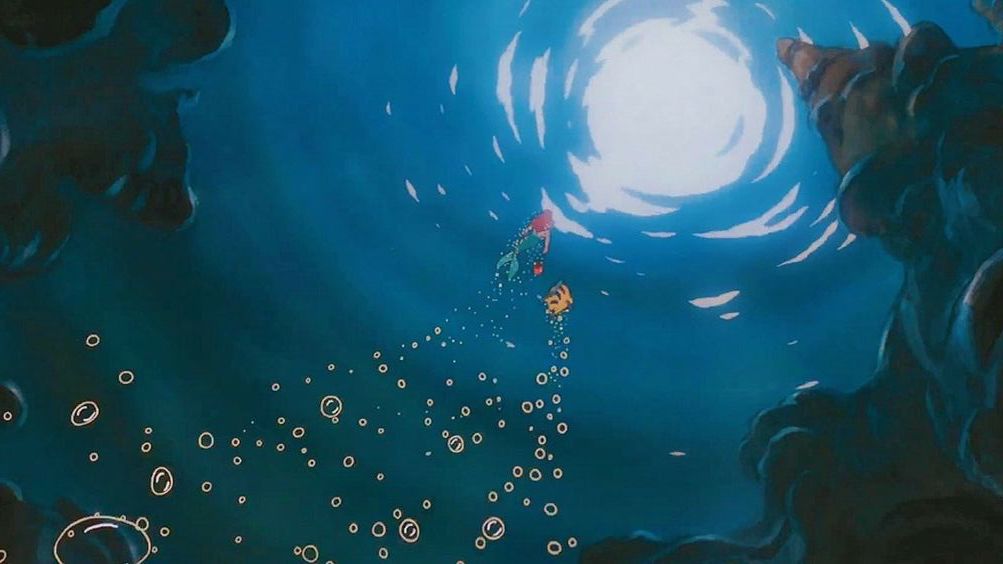The Disney adaptation of The Little Mermaid lacks one thing… women. This is not a good thing (when would it be?). Ariel, the film’s semi-protagonist and the main character lives “under the sea” with her other sisters and father. She hopes to fulfill her dreams of marrying a prince on shore, but in doing so must strip herself of her voice. There could be an entire two-thousand-word blog post about the symbolism of the threshold of the water and the land being a woman’s subconscious mind and the threshold of being a good and “tame” wife, but this blog post is 200 words maximum, and I will save that for an essay (it is not a bad point). I think that the isolation of Ariel as the only woman (with screen time, if this makes sense) makes viewers feel a sense of sadness towards her plight. We feel prepared to be in her corner in her fight to achieve her goals, whatever they might be. I believe that the reason we feel so strongly for her is that she is isolated in a world of men, even if they are only her goofy sidekicks.



